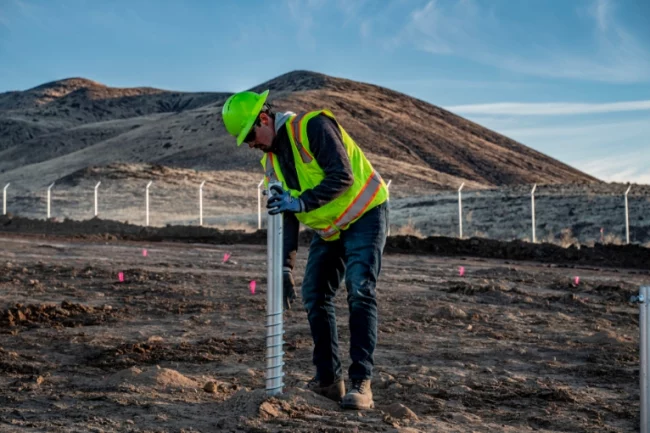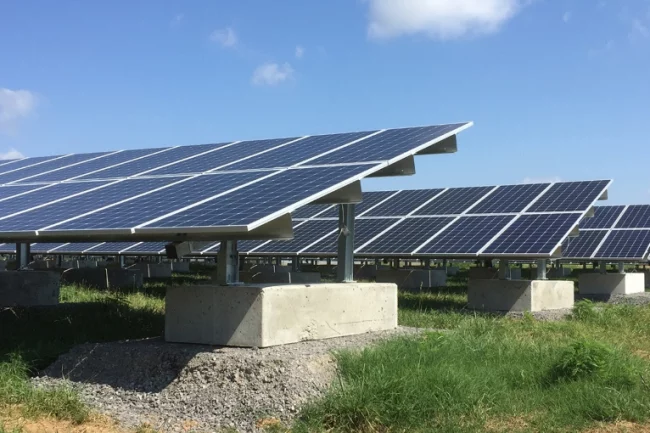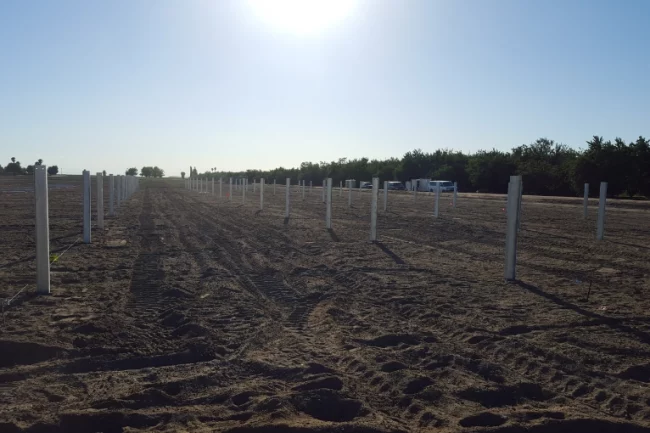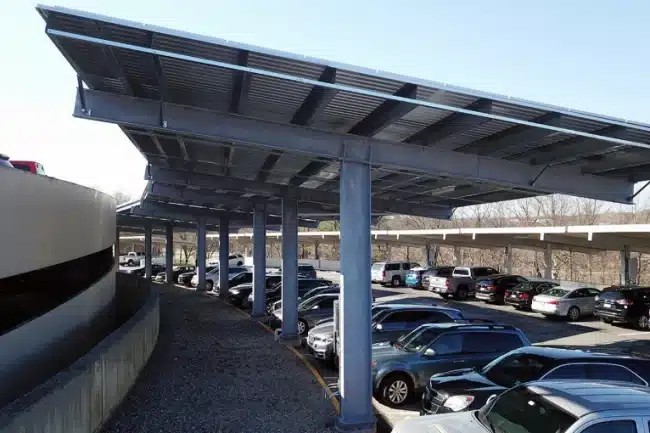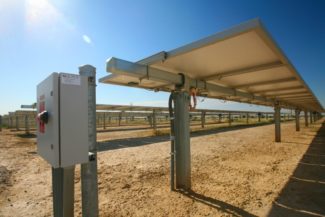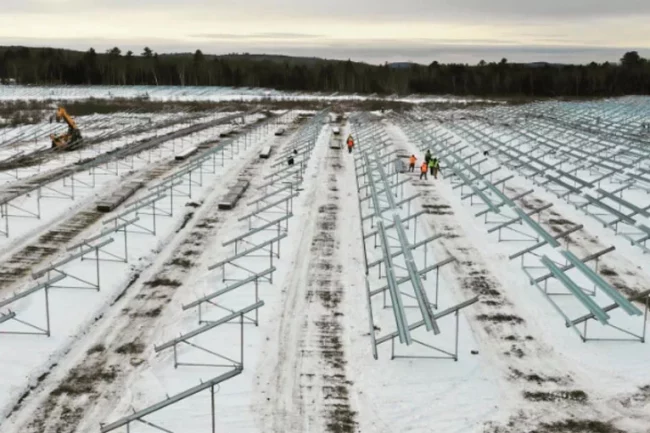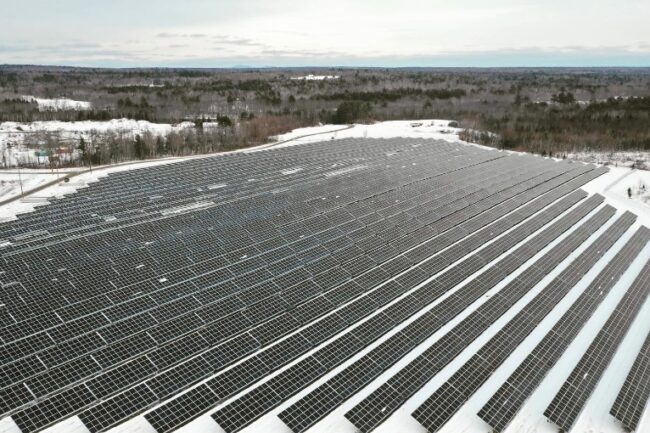Vermont DOE Test Facility Shows PV Still Performs in Snowy Conditions:
Solar Performance in Snow
Think snow is bad for solar? Think again. According to the Department of Energy, snow can actually help improve solar performance without adding operations and maintenance costs. Considering some of America’s top solar markets are in frigid regions, what many consider to be an impediment to solar performance might in fact enhance it.
The fact that four of the top 10 solar states are blizzard havens shows that snowfall doesn’t cool PV much. States like New Jersey (#4), Massachusetts (#6), New York (#7) and Colorado (#9) are seeing tremendous growth in PV installations despite their long winters. And when Germany stormed the global PV market with incentives last decade, it proved solar adoption can thrive just about anywhere.
So here are a few reasons why chilly U.S. states are hot for solar:
- Electric utility rates are high, especially in the Northeast
- Strong state incentives contribute to attractive project ROI
- Considerable available rooftop space represents a large untapped solar potential, specifically in Northeast urban areas, along with popular, large-scale solar plants
How Solar Works in Snow
Economic factors drive solar adoption as much as (or more than) ideal climate conditions. Nonetheless, it’s important to understand how weather conditions such as snow affect PV performance, particularly when evaluating profitability across solar markets. That’s why the DOE is funding research through its SunShot Initiativeto test solar performance in widely varied climates.
Researchers at DOE Regional Test Centers — such as their facility in Williston, Vermont – have proven that solar still performs well in snow and other harsh environments. In fact, solar panels are more efficient — they produce more energy with the same amount of sunlight — in colder climates.
While heavy snow does block some direct light, sufficient photons of light still reach photovoltaic cells through snow because of a phenomenon called forward scattering. According to solar guru Charlie Gay, director of the Solar Energy Technologies at the DOE’s Office of Energy Efficiency and Renewable Energy (EERE), even when panels are completely covered they still generate electricity.
Surprisingly, Snow Brings O&M Costs Down
Let’s not forget snow’s best feature: It wipes everything clean. As sunlight warms PV panels, the melting snow bonds with dirt layers on the glass, washing it off. As a result, snow’s anti-soiling properties make solar panels perform more efficiently without incurring additional cleaning expenses.
This can be a cost-saver for owners and operators of large-scale systems. Depending on location, costs associated with snow removal can quickly become prohibitive, especially if another storm hits right after cleaning day.
For example, a 2.5-megawatt system in Massachusetts may generate roughly $3,100 in power on a sunny day in February. But the typical cost for snow removal would be about $2,500. Project operators must decide whether to spend that money when they face the risk of more snow piling up or of a rainstorm doing the job for free.
Heavy Snow Requires Durable Racks
Heavy snowfall, however, can create problems when the snow’s weight places stress on a PV system’s support structure. This is where choosing the right racking partner is crucial.
Designed to withstand the most extreme conditions, TerraSmart’s TF2 Fixed-Tilt Ground Mount racking system stands tall to handle up to 100 pounds per square foot of snow while withstanding wind speeds up to 170 miles per hour.
TerraSmart racks have been tested under the latest UL 2703 Edition 1 standard and have been subjected to CPP wind tunnel certifications. This is why project developers have counted on TF2’s structural integrity in the harshest conditions for more than seven years of installed experience.
Snow or no snow, developers trust TerraSmart for bankable quality that stands strong against the elements.

